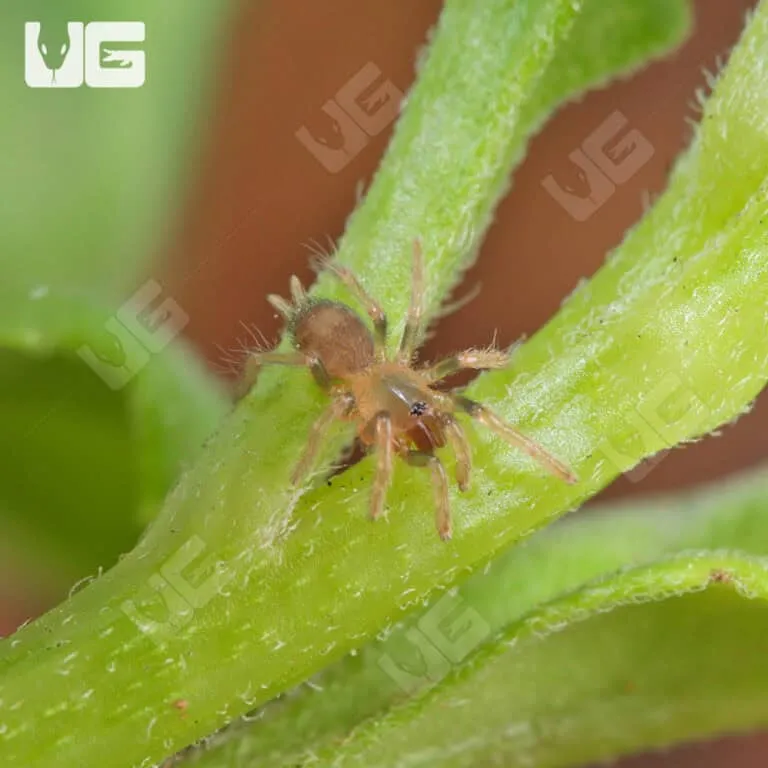The Trinidad Dwarf Tarantula, scientifically known as Holothele incei, is a captivating and relatively easy-to-care-for tarantula species, perfect for both beginner and experienced arachnid enthusiasts. These petite creatures, native to Trinidad and Tobago, offer a fascinating glimpse into the world of invertebrates. This comprehensive care guide offers you top 5 tips, ensuring the health and happiness of your Trinidad Dwarf Tarantula. From choosing the right specimen to understanding their specific needs, this guide will help you provide a thriving environment for your fascinating pet.
Choosing Your Trinidad Dwarf Tarantula
The foundation of successful Trinidad Dwarf Tarantula care begins with selecting a healthy specimen. A well-chosen tarantula is more likely to thrive and live a long, healthy life. Take the time to observe potential tarantulas before making your purchase. Look for an active tarantula with no signs of illness or injury.
Selecting a Healthy Tarantula
When selecting your Trinidad Dwarf Tarantula, prioritize healthy characteristics. Look for a tarantula with a plump abdomen, indicating it is well-fed and hydrated. Avoid tarantulas with wrinkled abdomens, as this may indicate dehydration. The tarantula should be alert and responsive to its environment. Examine the legs for any missing limbs or signs of damage. A healthy tarantula will have all legs intact and move with ease.
Checking for Activity and Appearance
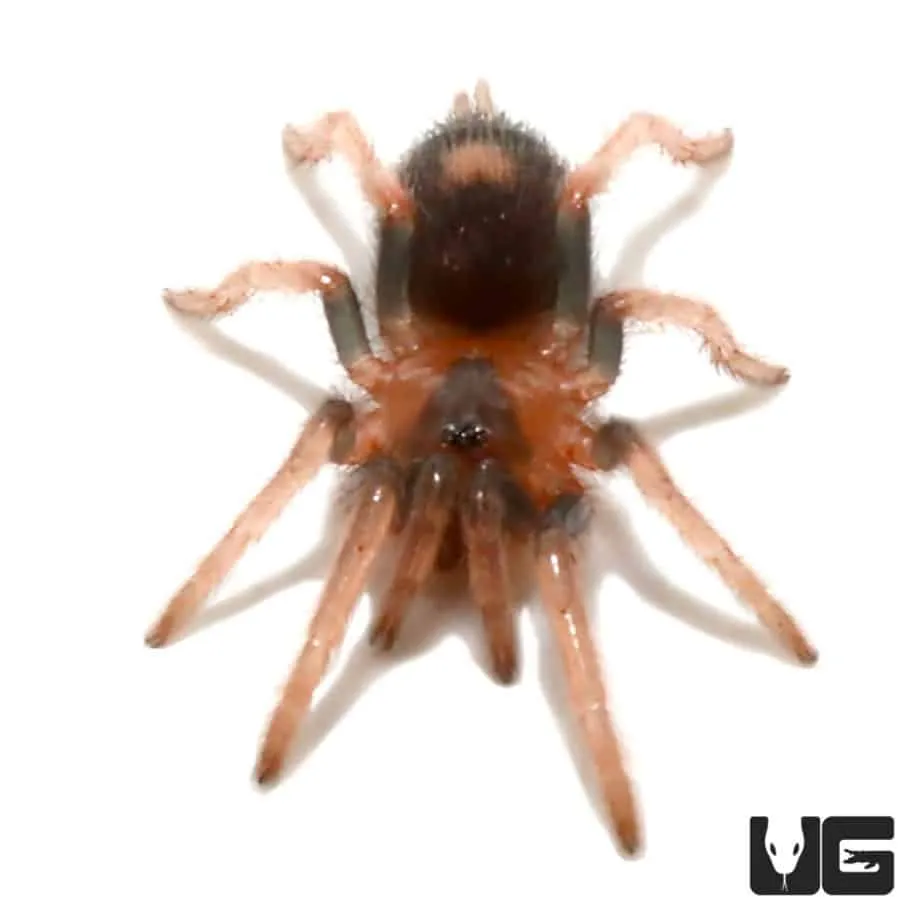
Observe the tarantula’s activity level. A healthy Trinidad Dwarf Tarantula should be reasonably active, exploring its enclosure or at least showing some interest in its surroundings. Avoid tarantulas that appear lethargic or unresponsive. Examine the tarantula’s fangs and mouthparts. They should be clean and free from any debris or discoloration. Look for any signs of parasites or mites on the tarantula’s body, such as small, moving spots. A healthy tarantula will be free from these external parasites.
Quarantine and Acclimation
Once you’ve selected your tarantula, it is essential to quarantine your new pet for a few weeks. This allows you to observe the tarantula in a controlled environment and check for any signs of illness or parasites. During this period, avoid handling the tarantula unnecessarily. Keep the enclosure clean and monitor the tarantula’s feeding habits and overall behavior. Acclimation is crucial. Introduce your tarantula to its new enclosure gradually. Provide a secure and comfortable environment with appropriate hiding places, and let the tarantula adjust to its new surroundings at its own pace.
Setting Up the Perfect Enclosure
Creating the right habitat is critical for the well-being of your Trinidad Dwarf Tarantula. Their enclosure should mimic their natural environment as closely as possible, providing both security and comfort. Correct enclosure setup will help your tarantula thrive.
Enclosure Size and Substrate
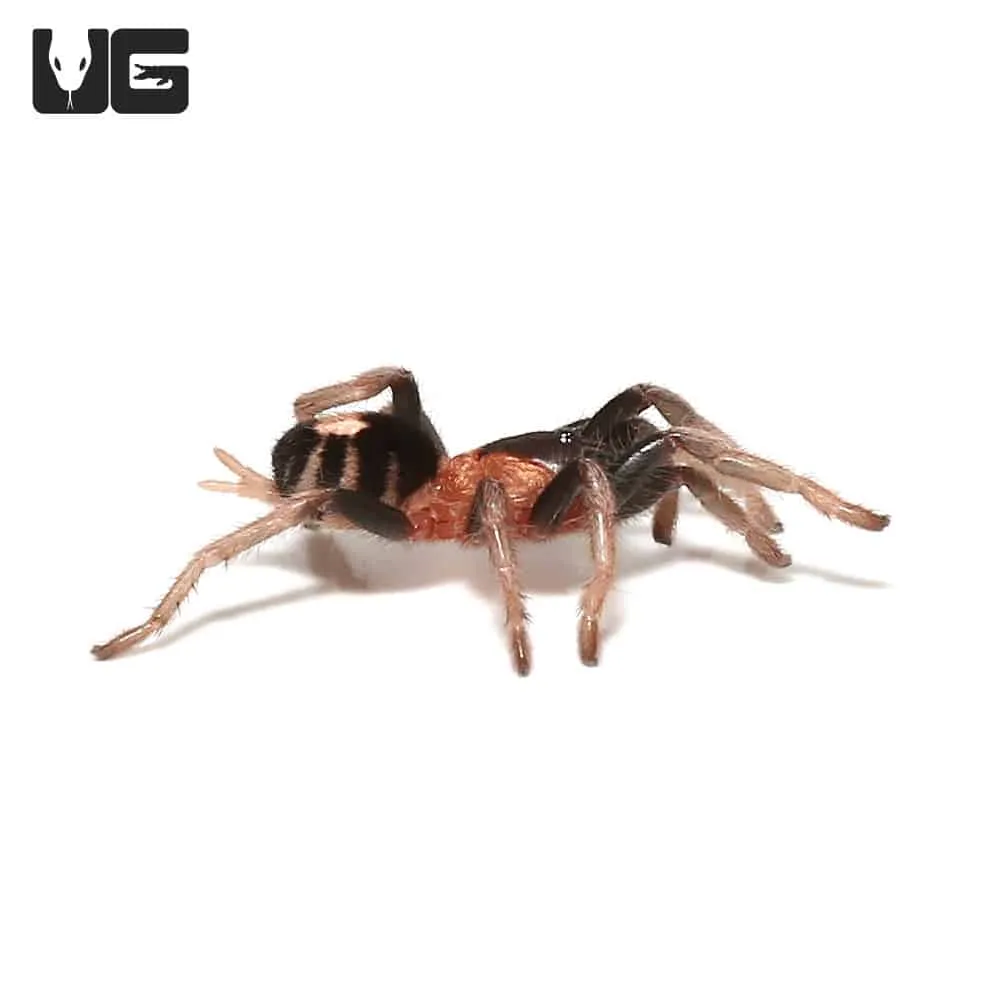
The size of the enclosure should be appropriate for the size of your tarantula. For a Trinidad Dwarf Tarantula, a 5-10 gallon tank is generally sufficient. The enclosure should be well-ventilated, with a secure lid to prevent escapes. The substrate should be deep enough for the tarantula to burrow if it chooses, and it should retain humidity. A mixture of coco fiber, peat moss, and vermiculite works well. The substrate should be at least 3-4 inches deep to allow for burrowing and to help maintain humidity levels.
Essential Humidity and Temperature
Maintaining the correct humidity and temperature levels is essential for the health of your Trinidad Dwarf Tarantula. The ideal temperature range is between 75-85°F (24-29°C). Use a heat mat or a low-wattage heat lamp to maintain this temperature, but always avoid placing the heat source directly inside the enclosure. Humidity levels should be maintained at around 70-80%. Regular misting of the enclosure with dechlorinated water will help maintain the correct humidity. Use a hygrometer to monitor humidity levels and adjust accordingly. Avoid excessive moisture, which can lead to mold and other problems.
Providing Fresh Water
Always provide a shallow water dish with fresh, clean water. This allows your tarantula to drink and helps maintain humidity in the enclosure. The water dish should be shallow enough to prevent the tarantula from drowning. Clean the water dish regularly to prevent the growth of bacteria. Use dechlorinated water to avoid introducing harmful chemicals into the enclosure.
Feeding Your Trinidad Dwarf Tarantula
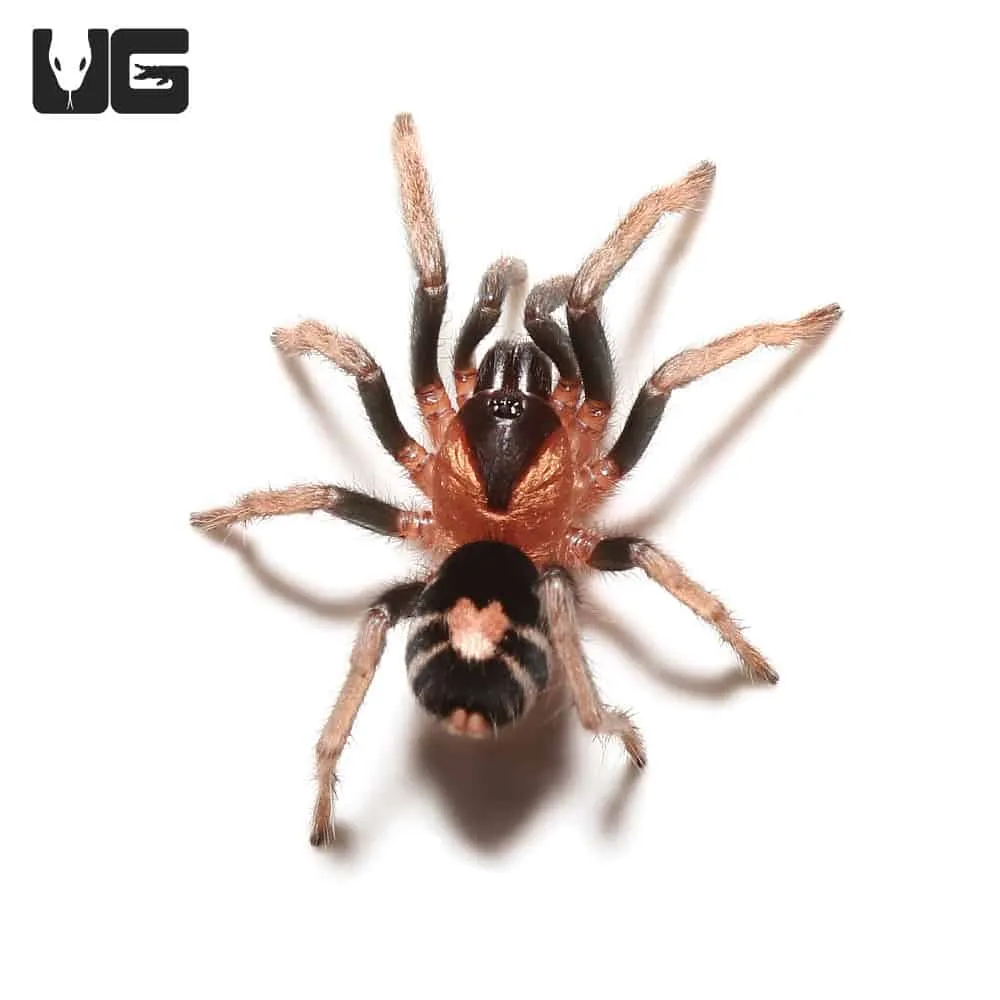
Proper feeding is crucial for the growth and health of your Trinidad Dwarf Tarantula. Providing the correct food, in the right amounts, will ensure that your tarantula receives the nutrients it needs to thrive.
Appropriate Food and Feeding Schedule
The Trinidad Dwarf Tarantula is an opportunistic feeder. A diet of appropriately sized insects is ideal. Crickets, roaches, and mealworms are all good choices. The size of the prey should be no larger than the tarantula’s body. Feed juvenile tarantulas 2-3 times a week, and adults once a week or less. Remove any uneaten food within 24 hours to prevent mold and mites.
Avoiding Overfeeding
Overfeeding can lead to several health problems. A well-fed tarantula will have a plump abdomen. If the abdomen appears excessively large or swollen, reduce the feeding frequency. Obesity can shorten the tarantula’s lifespan and impact its ability to molt properly. Adjust the feeding schedule based on the tarantula’s condition and activity level.
Handling and Interaction
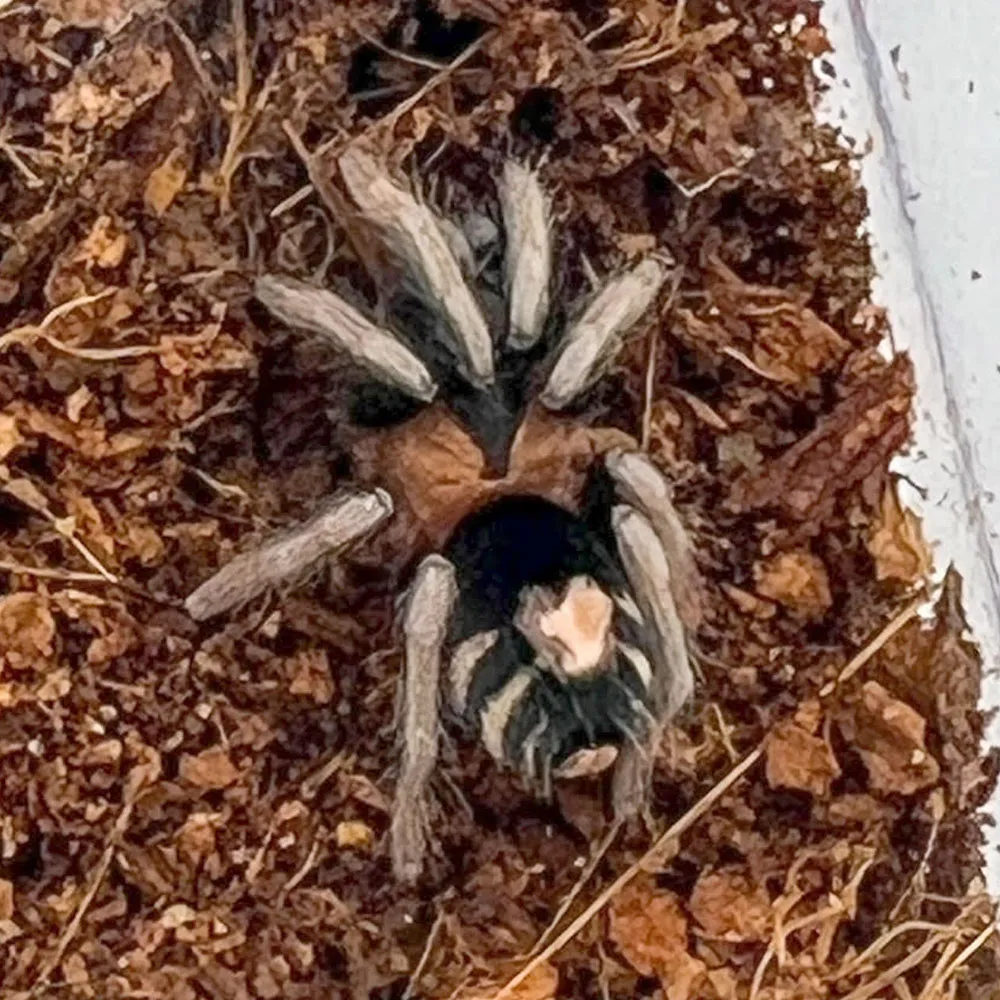
While the Trinidad Dwarf Tarantula is a relatively docile species, handling should be done with caution, and it is not always necessary. These tarantulas can be skittish, and mishandling can lead to stress or injury for both the tarantula and the handler.
When to Avoid Handling
Avoid handling your tarantula if it is about to molt, or if it has just molted. During these periods, the tarantula is particularly vulnerable. Avoid handling if the tarantula is showing signs of stress. Young children should not handle tarantulas unsupervised. Wash your hands thoroughly before and after handling your tarantula. Never force a tarantula to come out of its enclosure.
Recognizing Signs of Stress
Observe your tarantula for signs of stress. A stressed tarantula might flick its hairs, which is a defensive behavior. It might also adopt a defensive posture or try to flee. Avoid handling if the tarantula is showing these signs. Create a calm, quiet environment for the tarantula. Provide plenty of hiding places in the enclosure so the tarantula can retreat when it feels threatened.
Health and Common Issues
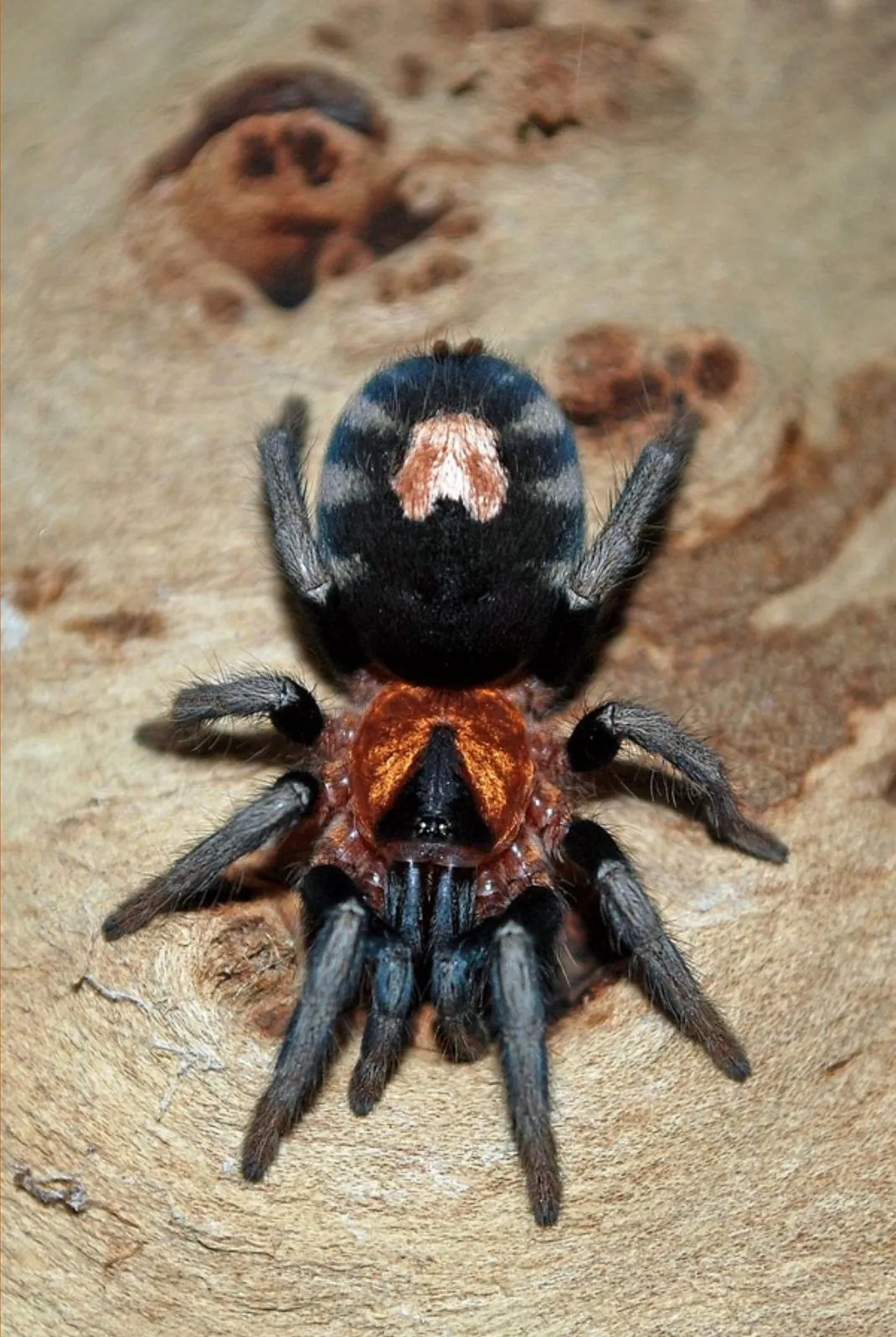
Like all pets, Trinidad Dwarf Tarantulas can be susceptible to certain health issues. Knowing how to recognize and address these problems can help ensure your tarantula’s well-being.
Recognizing Molting Signs
Molting is a natural process during which the tarantula sheds its exoskeleton. Before molting, the tarantula might become less active, and its abdomen may darken. During this time, it’s very important to maintain humidity and avoid any disturbances. Provide plenty of water and let the tarantula molt in peace. After molting, the tarantula will be soft and vulnerable. Do not feed the tarantula for a week or two after molting, until its fangs have hardened.
Dealing with Parasites and Mites
Tarantulas can sometimes be affected by parasites or mites. Small, moving spots on the tarantula’s body could be mites. Isolate the affected tarantula immediately. Mites are often caused by poor enclosure hygiene. Clean the enclosure thoroughly and replace the substrate. Consult with a veterinarian experienced in invertebrates for treatment options. Preventative measures include maintaining a clean enclosure, and quarantining new tarantulas.
Caring for a Trinidad Dwarf Tarantula can be a rewarding experience. By following these top tips, you can create a thriving environment for your pet. Remember, patience, observation, and attention to detail are key to success. Enjoy the fascinating world of the Trinidad Dwarf Tarantula!
